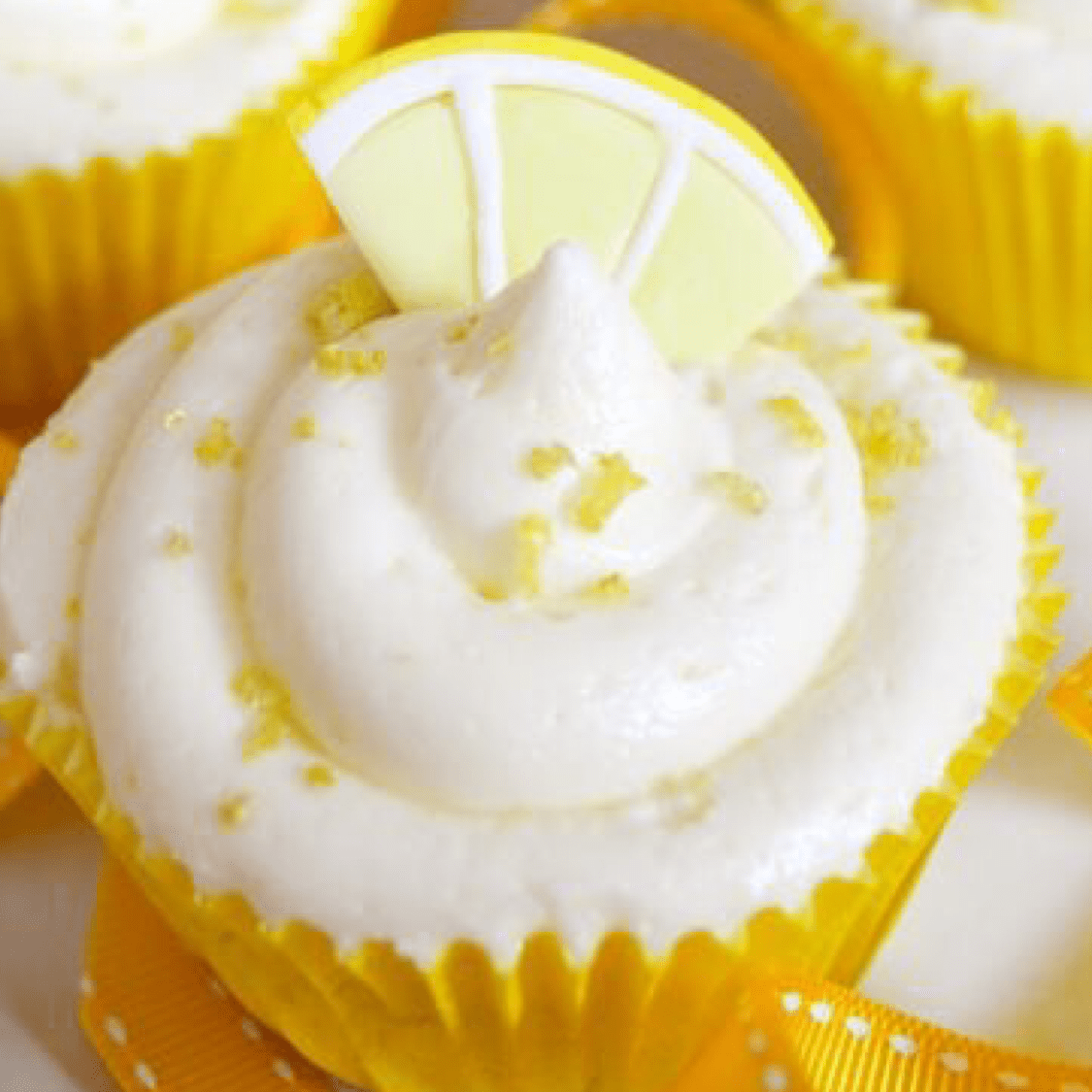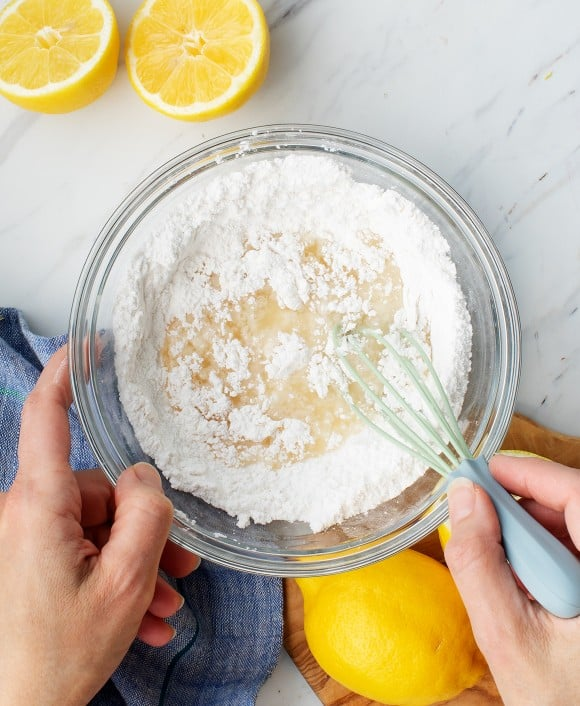Master The Art Of Lemon Glazing: Your Ultimate Guide To Glaçage Au Citron
There’s nothing quite like the tangy, zesty kick of lemon when it comes to desserts. Glaçage au citron, or lemon glaze, is a game-changer for bakers and pastry lovers alike. It’s that shiny, sweet-tart coating that transforms an ordinary cake or pastry into a work of art. Whether you’re a seasoned baker or just starting out, mastering this technique will take your creations to the next level.
Let’s be real, glaçage au citron isn’t just about slapping some lemony goodness on top of your baked goods. It’s about creating a balance of flavors and textures that will leave your taste buds dancing. From its smooth, glossy finish to its refreshing citrus punch, this glaze is the secret weapon every baker needs in their arsenal.
And here’s the best part—making lemon glaze isn’t as intimidating as it sounds. With the right techniques and a little bit of practice, you’ll be glazing like a pro in no time. So, grab your whisk, some fresh lemons, and let’s dive into the world of glaçage au citron!
- Remote Iot Web Ssh Raspberry Pi Access Your Device Anywhere
- Master Iot Ssh Remote Access Secure Control
Table of Contents
- What is Glaçage au Citron?
- A Brief History of Lemon Glazing
- Key Ingredients for the Perfect Lemon Glaze
- Essential Tools You Need
- Step-by-Step Guide to Making Glaçage au Citron
- Creative Variations to Try
- Pro Tips for Flawless Results
- How to Store Your Lemon Glaze
- Delicious Recipes Featuring Glaçage au Citron
- Frequently Asked Questions
What is Glaçage au Citron?
Glaçage au citron, or lemon glaze, is a glossy, tangy icing that adds a burst of citrus flavor to cakes, pastries, and other baked goods. It’s made by combining powdered sugar, fresh lemon juice, and sometimes a splash of water or milk to achieve the perfect consistency. The result? A beautifully shiny, zesty topping that elevates any dessert from ordinary to extraordinary.
This glaze isn’t just about looks, though. It brings a refreshing, sharp contrast to sweet baked goods, making it the perfect complement to rich, buttery cakes and pastries. Plus, who doesn’t love the smell of fresh lemons wafting through the kitchen? It’s like a little slice of sunshine in every bite.
Why Should You Use Glaçage au Citron?
There are so many reasons to incorporate lemon glaze into your baking repertoire. For starters, it’s incredibly versatile. You can drizzle it over a simple pound cake, spread it generously on a croissant, or even use it as a filling for macarons. Plus, it’s relatively easy to make, requiring just a few basic ingredients and minimal effort.
And let’s not forget the health benefits. Lemons are packed with vitamin C and antioxidants, making this glaze a guilt-free way to indulge your sweet tooth. So, whether you’re baking for a special occasion or just because, glaçage au citron is a must-try.
A Brief History of Lemon Glazing
Lemon glazing has been around for centuries, with its origins tracing back to Europe. In the olden days, bakers would use simple ingredients like sugar, lemon juice, and water to create a sweet-tart glaze that would enhance the flavor and appearance of their creations. Over time, the technique evolved, and today, we have countless variations of lemon glaze to choose from.
One of the earliest recorded uses of lemon glaze can be found in French patisseries, where it was used to coat delicate pastries like éclairs and tarts. The French, known for their love of all things citrus, perfected the art of glaçage au citron, making it a staple in their baking tradition.
How Did Glaçage au Citron Become Popular?
As international cuisines began to blend, lemon glaze made its way across the globe, becoming a favorite among bakers worldwide. Its versatility and universal appeal made it a go-to choice for both professional chefs and home bakers alike. Today, you’ll find lemon glaze in everything from cakes and cookies to cupcakes and danishes.
Key Ingredients for the Perfect Lemon Glaze
Now that we’ve covered the basics, let’s talk about the ingredients you’ll need to make your own glaçage au citron. The good news is, you probably already have most of these in your pantry:
- Powdered sugar (also known as confectioners’ sugar)
- Fresh lemon juice (always use fresh for the best flavor)
- Water or milk (optional, for adjusting consistency)
- A pinch of salt (optional, to balance the sweetness)
These ingredients might seem simple, but trust me, they pack a punch when combined correctly. The powdered sugar provides the sweetness and structure, while the lemon juice adds that tangy, zesty kick. A little water or milk can help thin out the glaze if needed, and a pinch of salt can enhance the overall flavor profile.
Why Fresh Lemons Matter
Here’s a pro tip—always use fresh lemons when making glaçage au citron. Bottled lemon juice just doesn’t cut it. Fresh lemons not only taste better, but they also give your glaze that vibrant, sunny color that’s hard to resist. Plus, there’s nothing quite like the aroma of fresh lemon zest wafting through your kitchen.
Essential Tools You Need
Before you start whipping up your lemon glaze, make sure you have the right tools on hand. Here’s a list of essentials:
- A fine-mesh strainer (to remove any lumps from the powdered sugar)
- A whisk or spatula (for mixing the glaze)
- A small bowl (for combining ingredients)
- A piping bag or spoon (for applying the glaze)
Having the right tools will make the process smoother and ensure your glaze turns out perfectly every time. A fine-mesh strainer is especially important if your powdered sugar tends to clump, which can happen if it’s been sitting in the pantry for a while. And let’s be honest, who doesn’t love using a piping bag to create those fancy drizzle designs?
Step-by-Step Guide to Making Glaçage au Citron
Ready to get started? Follow these simple steps to make your own glaçage au citron:
- Sift the powdered sugar into a bowl to remove any lumps.
- Juice your fresh lemons and measure out the desired amount.
- Gradually add the lemon juice to the powdered sugar, whisking continuously until smooth.
- If the glaze is too thick, add a splash of water or milk, a little at a time, until you reach the desired consistency.
- Taste the glaze and adjust the sweetness or tanginess as needed.
- Let the glaze sit for a few minutes to thicken slightly before using.
And just like that, you’ve got yourself a batch of delicious lemon glaze ready to adorn your favorite baked goods. The key here is patience—don’t rush the process, and trust your instincts when it comes to consistency and flavor.
Tips for Achieving the Right Consistency
One of the trickiest parts of making glaçage au citron is getting the consistency just right. Too thick, and it won’t drizzle smoothly. Too thin, and it might run off your dessert. Here’s how to strike the perfect balance:
- Start with a small amount of lemon juice and add more gradually.
- Use a spoon to test the glaze—drizzle it over the back of the spoon and see how it flows.
- If it’s too thick, add a tiny bit of water or milk, but be careful not to overdo it.
Creative Variations to Try
Once you’ve mastered the basic recipe, it’s time to get creative. Here are a few variations to try:
- Add a teaspoon of vanilla extract for a hint of warmth.
- Mix in a tablespoon of melted butter for a richer flavor.
- Use lime juice instead of lemon for a different citrus twist.
- Experiment with food coloring to create vibrant, colorful glazes.
The possibilities are endless, so don’t be afraid to experiment and find your own signature style. Who knows, you might just come up with a new favorite recipe!
Pro Tips for Flawless Results
Here are a few insider tips to help you achieve flawless results every time:
- Always use room-temperature ingredients for easier mixing.
- Don’t overmix the glaze, as this can cause it to become too thin.
- Apply the glaze while your baked goods are still slightly warm for better adhesion.
- Store any leftover glaze in an airtight container in the fridge for up to a week.
With these tips in your back pocket, you’ll be glazing like a pro in no time. Practice makes perfect, so don’t be discouraged if your first attempt isn’t picture-perfect. Keep experimenting, and you’ll find what works best for you.
How to Store Your Lemon Glaze
If you end up with leftover glaze, don’t worry—it’s easy to store for later use. Simply transfer it to an airtight container and refrigerate for up to a week. When you’re ready to use it again, give it a good stir and adjust the consistency with a little water or milk if needed.
And if you’re feeling extra ambitious, you can even freeze your glaze for longer storage. Just be sure to thaw it slowly in the fridge and rewhisk before using.
Delicious Recipes Featuring Glaçage au Citron
Now that you know how to make glaçage au citron, here are a few recipes to try:
- Lemon Pound Cake with Lemon Glaze
- Lemon-Drizzled Croissants
- Zesty Lemon Macarons
- Lemon Glazed Donuts
These recipes are sure to impress your friends and family, and they’re a great way to showcase your newfound glazing skills. So, roll up your sleeves and get baking!
Frequently Asked Questions
Here are some common questions about glaçage au citron:
Can I Use Bottled Lemon Juice?
Technically, yes, but fresh lemon juice is always recommended for the best flavor and aroma.
How Long Does Lemon Glaze Last?
When stored properly in the fridge, lemon glaze can last up to a week.
Can I Freeze Lemon Glaze?
Absolutely! Just be sure to thaw it slowly and rewhisk before using.
And there you have it—everything you need to know about glaçage au citron. From its rich history to step-by-step instructions, this guide has got you covered. So, what are you waiting for? Get baking and let your creativity shine!
Kesimpulan
In conclusion, glaçage au citron is more than just a glaze—it’s a game-changer for bakers everywhere. By mastering this technique, you’ll be able to create stunning, delicious desserts that will impress even the most discerning palates. Remember to experiment with different variations, store your glaze properly, and most importantly, have fun!
So, grab your ingredients, fire up your oven, and let’s get baking. And don’t forget to share your creations with the world—your friends and family will thank you for it!



Detail Author:
- Name : Colten Little
- Username : sokuneva
- Email : christy56@gutmann.org
- Birthdate : 1987-11-19
- Address : 8334 Collins Avenue Apt. 725 Eichmannberg, IL 66717
- Phone : 640-386-3083
- Company : Murazik LLC
- Job : Home Appliance Repairer
- Bio : Dicta sint reprehenderit odit quis voluptas. Quia sed esse qui sed omnis placeat accusantium a. Aut qui aut facilis odio. Cupiditate repellendus aliquam reprehenderit ut ullam quo.
Socials
facebook:
- url : https://facebook.com/afriesen
- username : afriesen
- bio : Dignissimos quos qui laborum vel molestiae odit.
- followers : 5886
- following : 1828
linkedin:
- url : https://linkedin.com/in/abagail_friesen
- username : abagail_friesen
- bio : Eos eum ipsa ullam tenetur.
- followers : 1399
- following : 94
tiktok:
- url : https://tiktok.com/@abagail_xx
- username : abagail_xx
- bio : Omnis doloremque quas vel sit. Ratione ea voluptatem aliquam labore quae qui.
- followers : 416
- following : 2566
twitter:
- url : https://twitter.com/abagail9559
- username : abagail9559
- bio : Iusto nam tempore amet animi est officiis consequatur. Reprehenderit et voluptas eum aut iure. Voluptatem esse ut et. Aut et doloremque minus.
- followers : 4775
- following : 2931